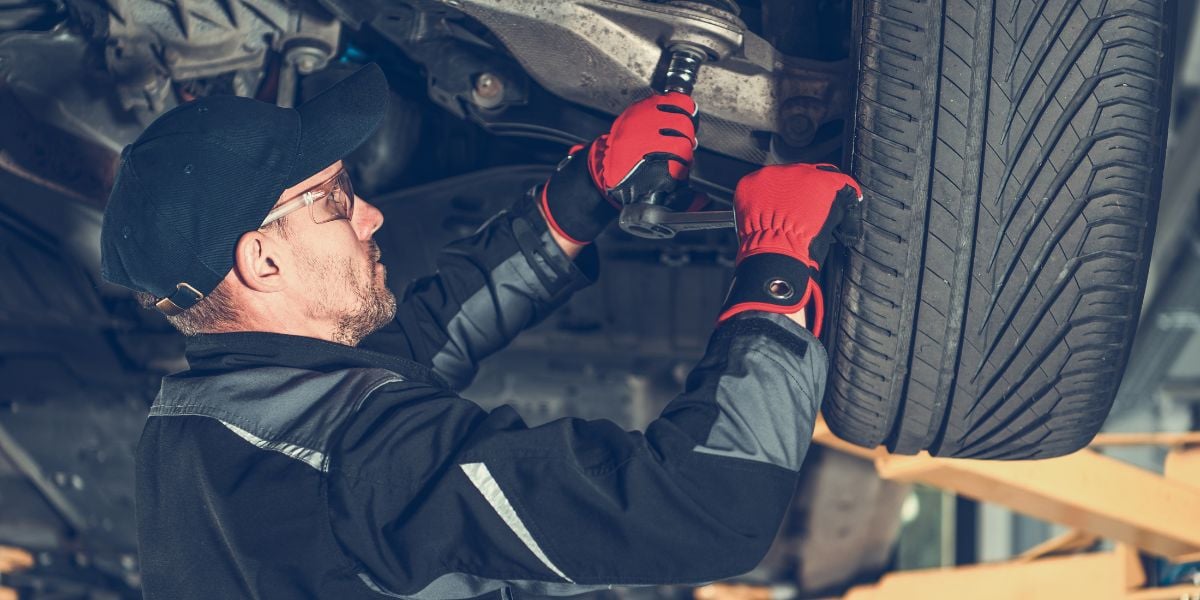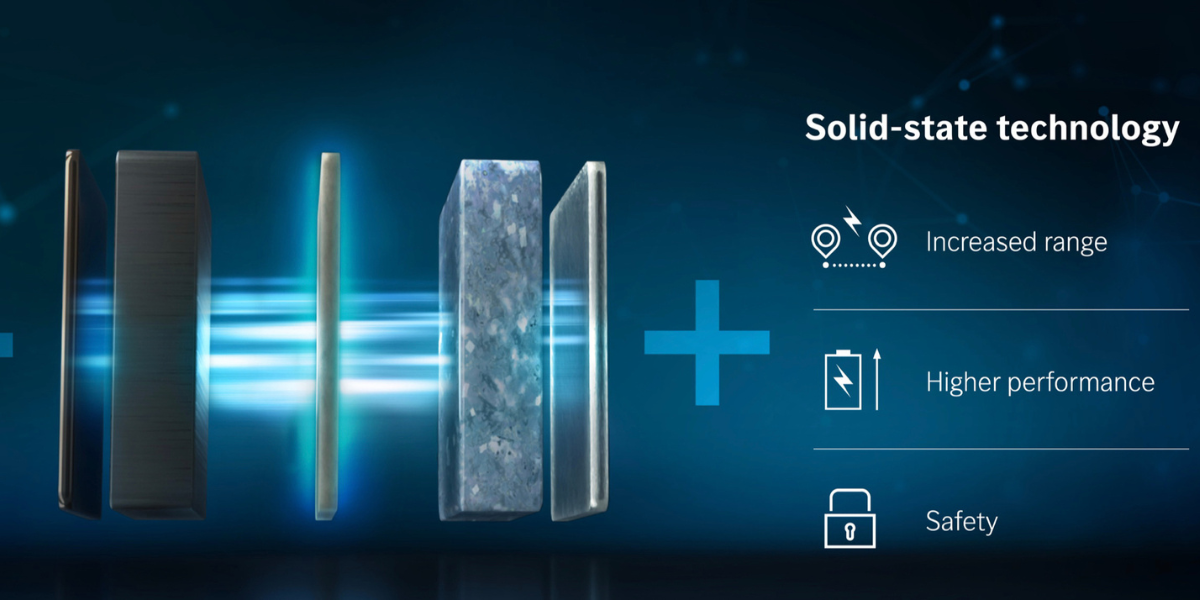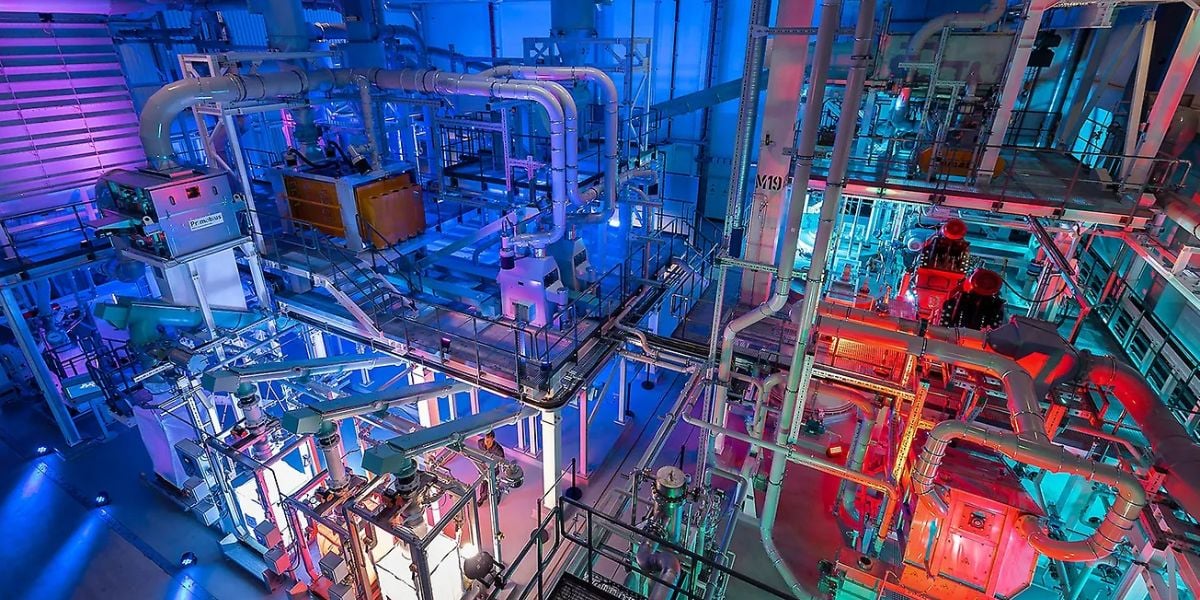Remanufacturing, all the fields of application in automotive – part two
In this ‘part two’ we analyse the remanufacturing in Bevs. Battery Electric Vehicles (BEVs) represent a shift towards cleaner, more sustainable transportation. Their architecture—centred around an electric powertrain and advanced energy management systems—delivers efficiency and performance without the emissions associated with traditional internal combustion engines. As technology advances, the efficiency, range, and cost-effectiveness of these components continue to improve, driving broader adoption of BEVs globally.
Then, let's see how these vehicles are made and discover the differences with the ICVs.
Key components of a Battery Electric Vehicle (BEV)
A Battery Electric Vehicle (BEV) is a fully electric vehicle that operates entirely on electrical energy stored in rechargeable batteries. BEVs have no gasoline or diesel engine (except the hybrid and range-extender versions: https://www.rematec.com/news/equipment-and-parts/range-extender-electric-vehicles) relying solely on electric power for propulsion. Below are the primary components that enable BEVs to function efficiently and sustainably.
1. Battery pack
The battery pack is the heart of a BEV, storing electrical energy to power the vehicle's motor and onboard electronics. Modern BEVs primarily use lithium-ion (Li-ion) or lithium iron phosphate (LiFePO4) batteries due to their high energy density, long life, and efficiency.
The battery pack is composed of individual cells grouped into modules, which are then assembled into a complete pack.
Battery Management System (BMS) - monitors voltage, temperature, and charge levels to optimize performance and safety.
Cooling system - regulates the temperature of the battery to prevent overheating and extend lifespan.
2. Electric motor
The electric motor is responsible for converting electrical energy from the battery into mechanical energy to drive the wheels. BEVs typically use one of the following motor types:
Permanent Magnet Synchronous Motor (PMSM), known for high efficiency and torque.
Induction motor, popularized by Tesla, offering durability and low maintenance.
Brushless DC motor (BLDC), lightweight and efficient, ideal for compact BEVs.
Many BEVs also feature dual-motor configurations for all-wheel drive (AWD) capabilities.
3. Inverter
An inverter is a critical component that converts DC (Direct Current) from the battery into AC (Alternating Current) for the electric motor. It also handles regenerative braking, converting mechanical energy back into electrical energy to recharge the battery during deceleration.
4. Transmission (reduction gear)
Unlike traditional vehicles, BEVs do not require multi-speed transmissions. Instead, they use a single-speed reduction gear to adjust motor speed to wheel speed efficiently. This simplicity reduces mechanical losses and increases reliability.
5. Onboard Charger
The onboard charger manages the conversion of AC electricity from the grid to DC electricity for charging the battery. It also communicates with charging stations to ensure proper voltage and current levels during recharging.
7. Thermal Management System
Efficient thermal management is essential for maintaining optimal temperatures in the battery, motor, and power electronics. This system includes cooling, heating, and ventilation mechanisms to prevent overheating and ensure longevity.
8. Regenerative braking system
BEVs utilize regenerative braking to capture kinetic energy during deceleration and convert it back into electrical energy stored in the battery. This technology not only extends driving range but also reduces wear on traditional brake components.
9. Power Electronics Controller (PEC)
The PEC governs the flow of electricity between the battery, inverter, and motor, optimizing energy efficiency and managing power distribution for acceleration, deceleration, and energy recovery.
10. DC/DC Converter
Since the main battery pack operates at high voltages (typically 400V to 800V), a DC/DC converter steps down this voltage to 12V for standard vehicle electronics, lighting, and infotainment systems.
11. Chassis and suspension system
BEVs often feature a skateboard chassis design, integrating the battery pack into the floor for a low centre of gravity. This enhances stability and handling. Suspension systems are typically designed to handle the additional weight of the battery pack while maintaining ride comfort
Remanufacturing in Battery Electric Vehicles (BEVs)
The global shift towards sustainable mobility has accelerated the adoption of Battery Electric Vehicles (BEVs). While BEVs offer significant reductions in emissions and fossil fuel dependency, their growing presence also brings challenges related to maintenance and lifecycle management. Remanufacturing has emerged as a sustainable practice to extend the lifespan of vehicle components, reduce waste, and optimize resource utilization. However, the approach to remanufacturing BEVs differs considerably from that of Internal Combustion Vehicles (ICVs) due to their distinct powertrain architectures and component requirements.
Differences Between Remanufacturing in BEVs and ICVs
Aspect | BEVs | ICVs |
Powertrain Focus |
Electric motors, battery packs, inverters, and chargers |
Engine blocks, turbochargers, fuel injectors, transmission systems
|
Energy Storage |
Lithium-ion or LiFePO4 battery packs |
Fuel tanks—typically gasoline or diesel
|
Main Wear Components | Battery cells, power electronics, electric motors | Pistons, crankshafts, valves, turbochargers
|
Fluid Use | Minimal (coolant, brake fluid) | Extensive (engine oil, transmission fluid, coolant, fuel)
|
Component Complexity | Lower mechanical complexity but higher electronic dependency | Higher mechanical complexity, less focus on electronics |
Testing Requirements | Voltage, thermal management, regenerative capacity | Compression testing, oil pressure, emissions testing
|
End-of-Life Processing | Focus on cell recycling and rare metal recovery | Scrap metal recycling, catalytic converter extraction |
BEVs vs ICVs technology
Powertrain components
BEVs lack internal combustion engines, exhaust systems, and complex multi-gear transmissions. Remanufacturing for BEVs, therefore, focuses primarily on electrical and electronic components rather than mechanical restoration. In contrast, ICV remanufacturing revolves around rebuilding engines, gearboxes, and fuel systems that endure high thermal and mechanical stress.
Energy storage systems
The primary energy storage in a BEV is its battery pack, which degrades differently than a fuel tank. BEV battery packs require precise voltage balancing and thermal management during remanufacturing, while ICV fuel systems are relatively simple to refurbish or replace.
Maintenance and wear patterns
BEVs have far fewer moving parts compared to ICVs. There is no need for oil changes, timing belts, or spark plugs. However, BEVs do require careful inspection of electrical circuits and cooling systems during remanufacturing. ICVs, on the other hand, undergo extensive mechanical wear, requiring machining and reassembly of engine components.
Testing and Quality control
Remanufactured BEV components undergo electrical testing, including insulation resistance, voltage load, and inverter efficiency. For ICVs, testing focuses on mechanical integrity, like compression ratios, emissions, and torque output.
The added value in the remanufacturing of Bevs
Environmental sustainability - Remanufacturing significantly reduces waste and conserves raw materials. For instance, refurbishing a battery pack or motor instead of manufacturing a new one prevents thousands of kilograms of CO₂ emissions.
Cost efficiency - Restoring components to OEM standards costs substantially less than producing new ones. This cost-saving is passed on to consumers, making BEVs more affordable and encouraging sustainable choices.
Resource conservation - Critical materials like lithium, cobalt, and rare earth metals are conserved through remanufacturing, reducing dependence on mining and diminishing the environmental footprint.
Extended lifecycle - Remanufacturing extends the usable life of key BEV components, supporting a circular economy where products are reused, refurbished, and reintegrated into the market.
The cornerstone
Remanufacturing is a cornerstone of sustainable automotive practices, especially as BEVs continue to grow in popularity. Although the process shares similarities with ICV remanufacturing in terms of disassembly and quality restoration, the components and testing requirements differ significantly. BEV remanufacturing focuses heavily on electrical systems and energy storage, while ICVs prioritize mechanical restoration. Both approaches, however, contribute to reducing environmental impact, lowering costs, and supporting a circular economy in the automotive sector.



